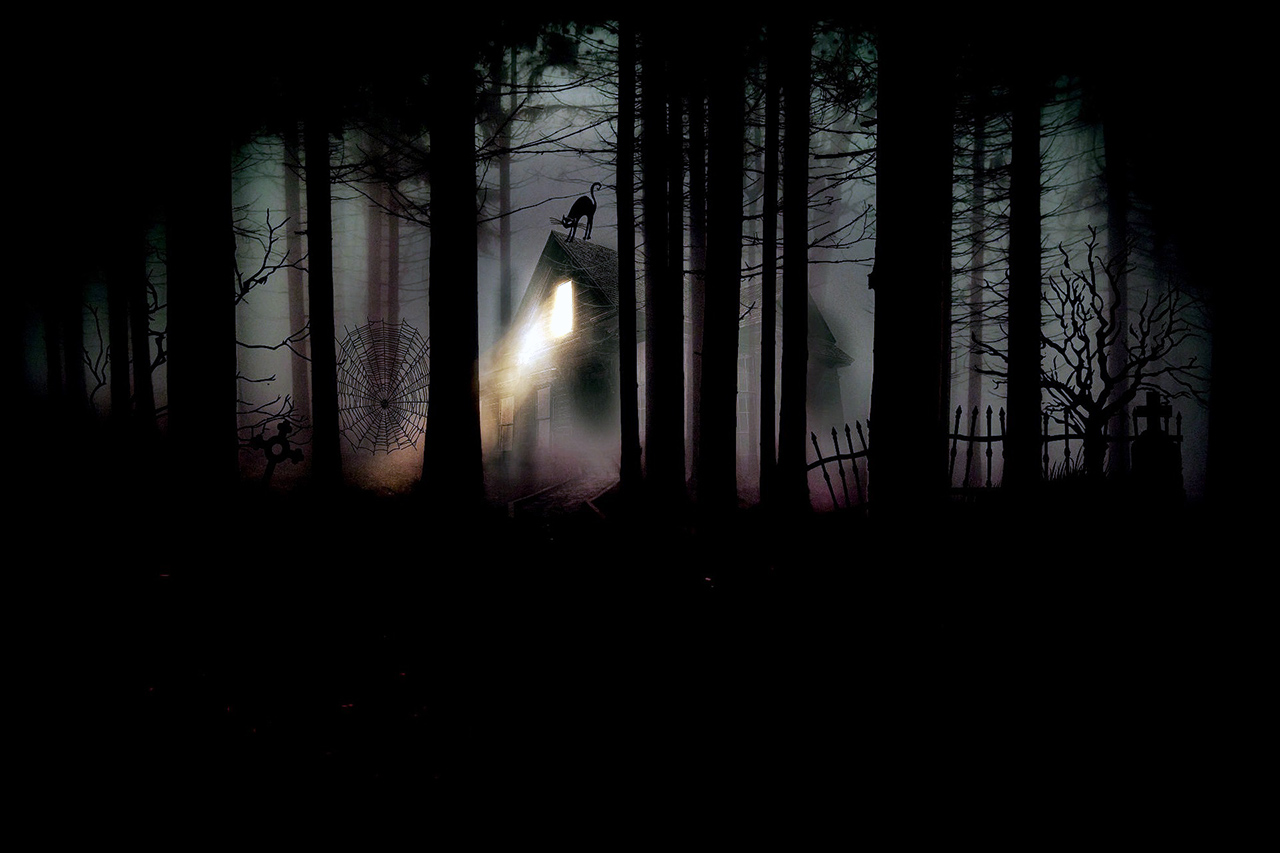Magical figures are part of the local folk heritage that has been passed down orally from generation to generation for centuries.
September 24th, 2022. By Anna Volpicelli, photo by Cocoparisienne (pexels.com)
The popular culture of the Amalfi Coast is rich in legends that have been passed down over time. Some of them have been lost and live on in the memories of wise elders who learned from their parents. Among these are the stories of the janare, the witch-women who lived in Conca Dei Marini.
The consecration
“They existed. They were true stories,” says Rita Di Riso, an 80-year-old lady-my father saw them. There are no written documents about them, but their existence is part of a long oral transmission that today has become a narrative heritage in the possession of a few people. “It was said that during the celebration of baptism, if the priest got some words wrong,” Di Riso continues, “the child had some traits of a little devil or rather a witch.”
Extraordinary faculties
A medieval figure, the name “Janara” (witch) is closely linked to Diana, the goddess of the hunt and protector of nature. The janara was able to channel the power of the goddess. As Professor Rita di Lieto defines them in her short story Disguised as witches for extra-marital adventures, “the janare had extraordinary, supernatural faculties, able to fly or undergo metamorphosis.”

In search of husbands
However, many stories are circulating about the mystery of such characters, at times mythical, but all of them have a common denominator: they were not evil or malicious, just mischievous. Behind them, every action was a matter of love.
The story goes that Conca dei Marini has always been a fishing village where men would set out in their boats on long journeys, even to faraway places. Women left alone would fly at night to reach their spouses. Antonio Tajani, a journalist, wrote that “such women smeared their bodies with an ointment that made them as light as feathers, and so they could fly over the ocean to join their husbands and fiancés on sailing ships bound for America”. “Since they did not receive letters from their husbands,” Anna Anastasio says, reporting her mother’s accounts, “they would fly at night and go to them.”
Trick or Treat
Romantic and playful, when it came to matters of men, they put their best talents into action. “My father,” Di Riso tells us, “told me that one night a man from Conca Dei Marini, beloved by one of the janare, found himself at the Sanctuary of the Avvocata. The witch in his sleep had transported him there to spite him.”
Many feared them, while others had a more positive attitude toward them. “It is said,” Anastasio points out, “that if you knew them, they would not do anything to you, but if you did not know them and were not very fond of them, anyone could be the object of their pranks.”
Men, in short, did not have it easy. “In Conca dei Marini, people used to say that men could come in but not go out. So if, for example, a man from Conca married a woman from Amalfi, there was trouble,” Rita Di Riso laughingly tells us.
The end…
Over the centuries, the hunt for the janare never abated. “In the 1930s, the Church’s intervention was crucial in the disappearance of the witches. From then on, they were no longer seen around,” Di Riso explains. One thing is whether they existed: such women were animated only by a great desire to be lovers.

